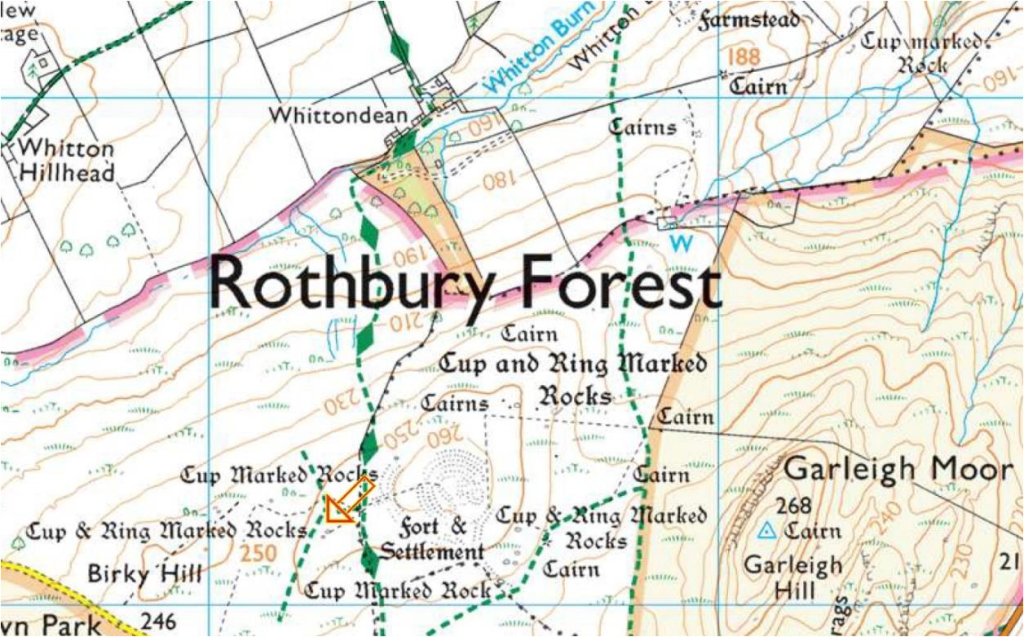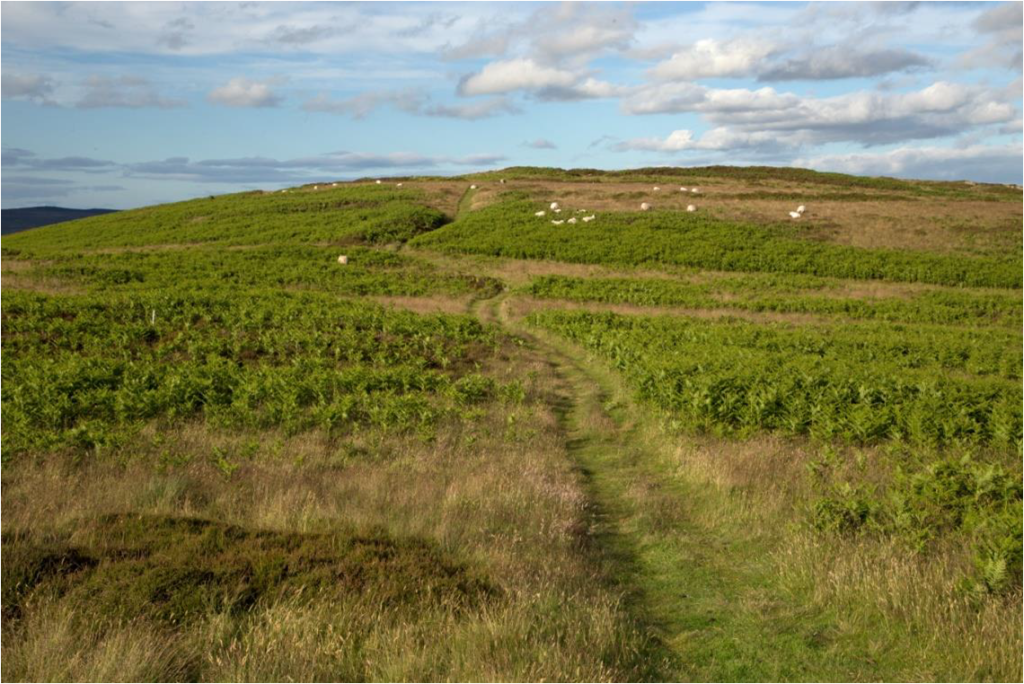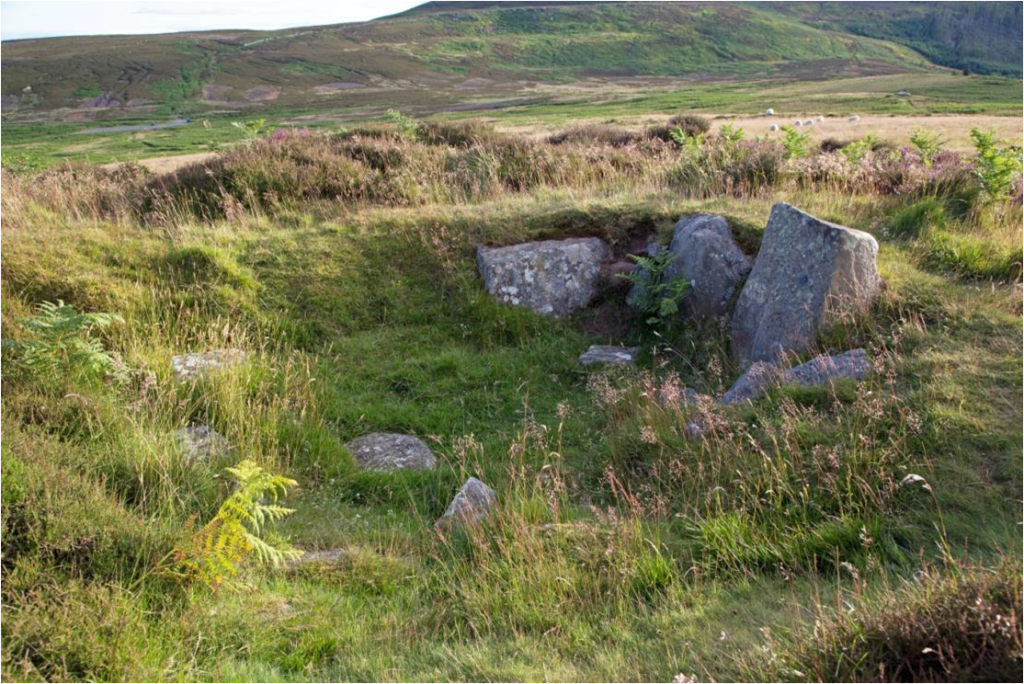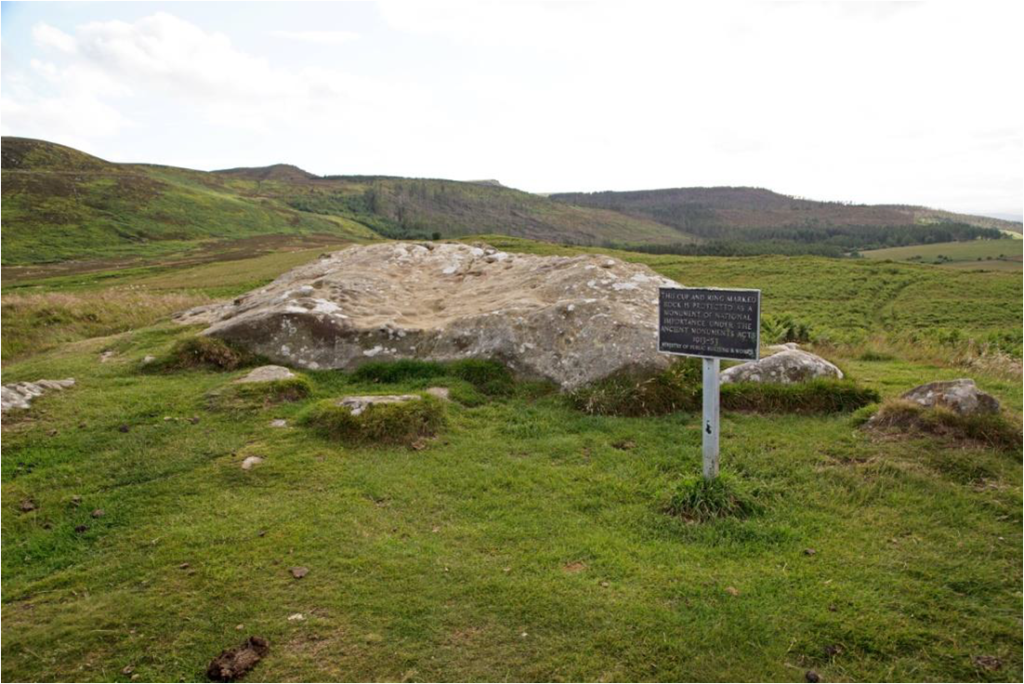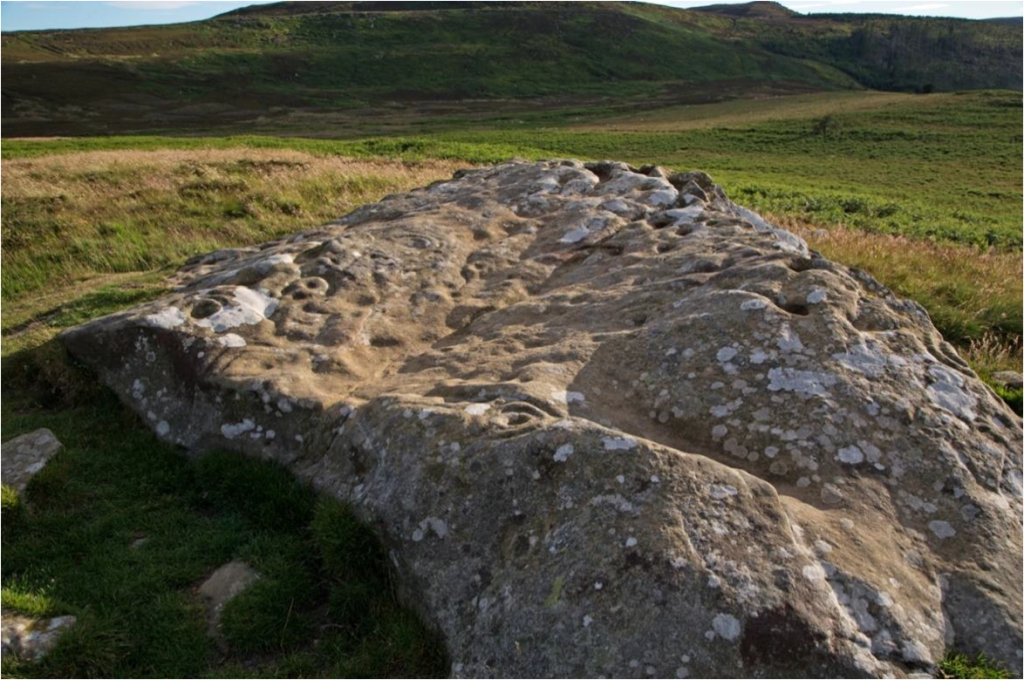
No. 617 August 2022 Edited by Paul Jackson
______________________________________________________________________________________________________________________________
HADAS DIARY – Forthcoming lectures and events
Due to the COVID-19 pandemic, until further notice lectures will be held online via ZOOM, all starting at 8pm, although we do hope to get back to face-to-face lectures soon. As ever, our apologies to those who are unable to see online lectures. We will be sending out an invitation email with instructions about how to join on the day of each talk, so please keep an eye on your inbox.
Tuesday 11 October
Dr Martin Bridge (UCL) Tree-ring dating and what it tells us about the old Barnet Shop.
Tuesday 8th November
Nick Card. Building the Ness of Brodgar
Mary Rawitzer Sue Willetts
At the recent AGM our Chairman announced the sad news that Mary Rawitzer had died in May. Mary joined HADAS in 1980 and had been Membership Secretary from Oct 2002 to June 2008 and was a Newsletter Editor for many years. Many of us will have fond memories but this short note is all that we are able to write as we have been informed by her executors that it was Mary’s express wish that no obituary should appear.
British Museum Exhibition: Feminine power: the divine to the demonic
19 May – 25 September 2022. Room 35 The Joseph Hotung Great Court Gallery
This exhibition takes a cross-cultural look at the profound influence of female spiritual beings within global religion and faith. Enhanced by engagement with contemporary worshippers, faith communities and insights from high-profile collaborators Bonnie Greer, Mary Beard, Elizabeth Day, Rabia Siddique and Deborah Frances-White, the exhibition considers the influence of female spiritual power and what femininity means today. Bringing together sculptures, sacred objects and artworks from the ancient world to today, and from six continents, the exhibition highlights the many faces of feminine power – ferocious, beautiful, creative or hell-bent – and its seismic influence throughout time.
Opening hours Daily: 10.00–17.00 (Fridays 20.30). Admission charges apply.
1
Lordenshaws Archaeological Landscape David Willoughby
Five miles from where I now live in Northumberland is Lordenshaws (or Lordenshaw) archaeological landscape. Situated on the Simonside Hills above the Coquet valley, with the village of Rothbury below, it is one of the richest archaeological landscapes in Northumberland and boasts one of the greatest concentrations of prehistoric ‘rock art’ in the whole of the country.
The landscape consists of a multivallate hillfort surrounded by several examples of cup or cup-and- ring worked rocks and several Bronze Age cairn burials. In total there are 127 recorded cup, cup-and-ring and grooved ‘rock art’ panels in the Lordenshaws area and one exhibits the longest and largest enhanced groove in Northumberland rock art.
2
The hill fort itself most probably dates to the Iron Age. It is a circular structure with an outermost defensive ditch about 140m in diameter. When the fort was in use the ditch was up to 2.5m deep and 9m wide. There is also an inner ditch which may be from an earlier period in the lifespan of the fort and there is some evidence of ramparts between the two. There are two entrance ways, one to the east side and another to the west. An amateur excavation here in the early 20th century uncovered the remains of a stone-built roundhouse. There are other sunken stone-built features within the ramparts one of which appears to be the remains of a cist burial, although it is not marked as such on the map.
3
I discovered the largest of the cup-and-ring marked rocks, which has been broken by quarrying and not in its original position. The rock may have been quarried to provide material for the hill fort or perhaps for the nearby mediaeval deer park wall. It shows typical cup and cup-and-ring marks with some grooves. It dates from the Neolithic and a similarly marked rock at nearby Hunterheugh has been stratigraphically dated to c 4000 BC. Certainly it is believed that such carvings on outcrops and boulders in the landscape were carved between 4000 and 2400 BC, after which, in the Early Bronze Age the tradition of rock carving gradually moved from the outcrops to burial monuments, mainly cairns.
The meaning of the carvings on the rocks is now lost to us. Some archaeologists think that the ‘rock art’ panels might mark clearings in the woodland or perhaps the boundaries between the first farming settlements.
4
The area is ripe for more investigative work and excavation. Questions to be answered include: does the ‘rock art’ all date from the same period or were later enhancements and additions made? What exactly lies in the hill fort and does the hill fort itself have a pre-Iron Age antecedent? Is there any connection between the hill fort and the Neolithic and Bronze Age archaeology in which it sits?
Stories of Archaeology and the Supernatural, 1895-1954 Book Review
Amara Thornton FSA and Katy Soar have edited a new book, entitled Stories of Archaeology and the Supernatural, 1895-1954, a new classic short story anthology, combining the supernatural and archaeology. Never have so many relics from the past caused such delicious and intriguing shivers down the spine. The editors have curated a selection of twelve outstanding short stories encompassing horror, ghosts, hauntings, and possession, all from archaeological excavation. From a Neolithic rite to Egyptian religion to Roman remains to medieval masonry to some uncanny ceramic tiles in a perfectly ordinary American sun lounge, the relics in these stories are, frankly, horrible.
The stories in Strange Relics are:
- The Ape’,by E F Benson (at his command)
- Roman Remains’, by Algernon Blackwood (bestial rites in Wales)
- ‘Ho! The Merry Masons’, by John Buchan (a haunted medieval house)
- Through the Veil’, by Arthur Conan Doyle (Roman ghosts)
- ‘View From A Hill’, M R James (beastly binoculars)
- ‘Curse of the Stillborn’, by Margery Lawrence (Egyptian death rites)
- ‘Whitewash’, by Rose Macaulay (the death caves of the Emperor)
- ‘The Shining Pyramid’, by Arthur Machen (prehistoric survival)
- Cracks of Time’, by Dorothy Quick (the tiles are possessed)
- The Cure’, by Eleanor Scott (Viking rituals) ▪ ‘The Next Heir’ by H D Everett (inherit at peril)
- ‘The Golden Ring’ by Alan J B Wace (Mycenaean treasure)
The book will be published on 22nd September by Handheld Press at £12.99 and will be launched in-person on Friday 16 September, 5.30-7.30pm, at Senate House, University of London. On Wednesday 21st September, Amara and Katy will be giving an online talk for Westminster Libraries about the book and the supernatural in archaeology. Further details and booking via the Handheld Press website: https://www.handheldpress.co.uk
50 years ago
A glance at the newsletter of July 1972 shows it must have been a good month. A total of 17 new members are recorded including Dorothy Newbury and her children Christopher and Marion and Percy Reboul. Congratulations to Percy on 50 years of membership.
Percy was a prolific author and with John Heathfield contributed articles to local newspapers on historical subjects. He produced the Hadas booklet “Those were the Days” – A collection of tales from and about the Borough of Barnet between the two World Wars.
Percy now lives in York.
5
BLANK SPACE
Why is there so much blank space in this newsletter? Sadly, we have not received many contributions. Because of Covid, we have had fewer activities, so fewer reports to publish.
Please remember that it is YOUR newsletter. We hope you enjoy reading it each month and find something of interest. Probably other things that interest you may be appreciated by other members. So why not send us something to be included? For example,
- A visit to a historic site or museum.
- Some local history.
- Your local street furniture.
It would be a shame if we reduced the number of newsletters we produce, though it would save us money.
So please take up your pen or go to your keyboard and let your creative juices provide a contribution.
It may be only a few lines, but everything will help. Photos are helpful, but not necessary.
Other Societies’ Events Eric Morgan
Please check with the Society or Organisation before setting out in case of any changes or cancellations.
Sunday 7th August, 2.30 pm. Heath and Hampstead Society. Guided walk: The Heath Extension.
Meet at Spaniards End, by the cattle trough and flower stall near the Spaniards Inn, Spaniards Road, NW3.Walk lasts approx. 2 hours. led by Lynda Cook. Donation £5. Please contact Thomas Radice on 07941 528034 or e-mail hhs.walks@gmail.com or visit www.HeathandHampstead.org.uk.
Tuesday 9 August, 2-3 pm at the Guildhall Library, free online talk via Eventbrite and in person at the Library. Cutting Back the Layers at the Royal London Hospital in the 19th century.
Excavations in 2006 as part of a development programme at the Royal London Hospital by Museum of London Archaeology (MoLA) revealed fascinating insights into the workings of a 19th century hospital. With the unexpected discovery of a burial ground, used between 1825 to 1840, the findings from the burials provided an enlightening opportunity for better understanding of the complexities of medical interventions and use of the body in medicine at this time. This talk will look at the discoveries from the site, bringing together the sources that provided a unique opportunity to revisit a hospital at this significant point in time and an exhibition at the Museum of London in 2012.
Link: https://www.eventbrite.co.uk/e/onsite-cutting-back-the-layers-at-the-royal-london-hospital-in-the-19thc-tickets-306556016297
Tuesday 9th August, 7.45 pm. Amateur Geological Society. Finchley Baptist Church hall, 6, East End Road, corner Stanhope Avenue, N3 3LX. Members’ Evening. Presentations given by members of the A.G.S. including a quiz, my favourite specimen tables, identification sessions and sales table with rocks, minerals and fossils. Also drinks and nibbles.
6
Monday 15th August, 8 pm. Enfield Society. Jubilee Hall, 2, Parsonage Lane, junction Chase Side, Enfield, EN2 OAJ. The Wonderful World of Almshouses.
Talk by Simon Saints, whose presentation will include pictures set to music and will cover 1,000 years of fascinating alms history, showcasing the many almshouses locally, in the U.K. and worldwide. Visitors £1.
Until Saturday 20th August. Elstree and Borehamwood Museum. 2nd floor, 96, Shenley Road, Borehamwood, Herts. WD6 1EB. Off The Rails: the line that never was. Exhibition on the story of the Elstree extension to the Northern Heights, complete with moving models. The Edgware branch of the Northern Line was planned to end at Bushey Heath and although some work was started, building stopped in 1939 at the outbreak of WW2 and never restarted. Now you can see what it would have looked like and read the story of the line and what became of it after the war. The museum is at the Borehamwood library. Please see more at www.elstree-museum.org.uk. Admission free. Opening hours: Tuesday-Thursday 12-6 pm, Saturday 10 am-3 pm. Telephone no. 01442 454888.
Saturday 27th August. Thames 21 Mini Festival. Silkstream Park, Silkstream Road, Montrose Avenue, Burnt Oak. Lots of stalls.
Sunday 4th September, 11 am-5 pm. Angel Canal Festival. Regents Canal, City Road Basin, Islington, N1 8GJ. Lots of stalls. Also boat trips, craft stalls, food and live music. For more info., please visit www.canalrivertrust.org.uk/events
Wednesday 7th September, 5 pm. Docklands History Group. Museum of London Docklands, West India Quay (off Hertsmere Road) E14 4AL. The History of the Railway Line to North Woolwich. Talk by Malcolm Batten.
Friday 9th September, 8 pm. Richmond Archaeological Society. Talk on Zoom. Fulham Palace: The Significance of the Bishops and the Development of the Palace as a Residence from 1150 onwards. By Alexis Haslam. To attend please send your e-mail address to richmondarchaeology@virginmedia.com
Saturday 10th September. Thames 21 Mini Festival. Bentley Priory, Priory Drive (off The Common), Stanmore, HA7. Lots of stalls.
Sunday 11th September, 12-5 pm. Queens Park Festival. Off Chevening Road or Harvist Road, NW6. Lots of stalls including Willesden Local History Society. Also craft stalls, food and live music.
Monday12th September, 3 pm. Barnet Museum and Local History Society. St. John The Baptist Church, Chipping Barnet, corner of High St./Wood St., Barnet, EN5 4BW.
East Barnet; Rural and Regal. Speaker TBA. Please visit www.barnetmuseum.co.uk.
Wednesday 14th September, 8 pm. Hornsey Historical Society. Talk on Zoom. Jack Warner and Muswell Hill. By Gerald Glover. Please e-mail hornseyhistoricalchairman@gmail.com for link.
Thursday 15th September, 7.15 pm. Camden History Society. Hampstead Parish Church, Church Row, NW3 6UU. Joan Fullylove: stained-glass designer. Talk 8 pm by Caroline Barron. Preceded by AGM then wine and soft drinks. Doors open 7 pm. Please visit www.camdenhistorysociety.org
Some of her stained-glass windows can be seen in the church.
7
With many thanks to this month’s contributors: Eric Morgan, Sue Willetts, David Willoughby.
Hendon and District Archaeological Society
Chairman Don Cooper, 59, Potters Road, Barnet, EN5 5HS
(020 8440 4350) e-mail: chairman@hadas.org.uk
Hon. Secretary Janet Mortimer, 34, Cloister Road, Childs Hill, London NW9 2NP
(07449 978121) e-mail: secretary@hadas.org.uk
Hon. Treasurer Roger Chapman 50 Summerlee Ave, London N2 9QP
(07855 304488) e-mail: treasurer@hadas.org.uk
Membership Sec. Stephen Brunning, Flat 2 Goodwin Court, 52 Church Hill Road,
East Barnet EN4 8FH1 (020 8440 8421)
e-mail: membership@hadas.org.uk
Web site: www.hadas.org.uk
8

